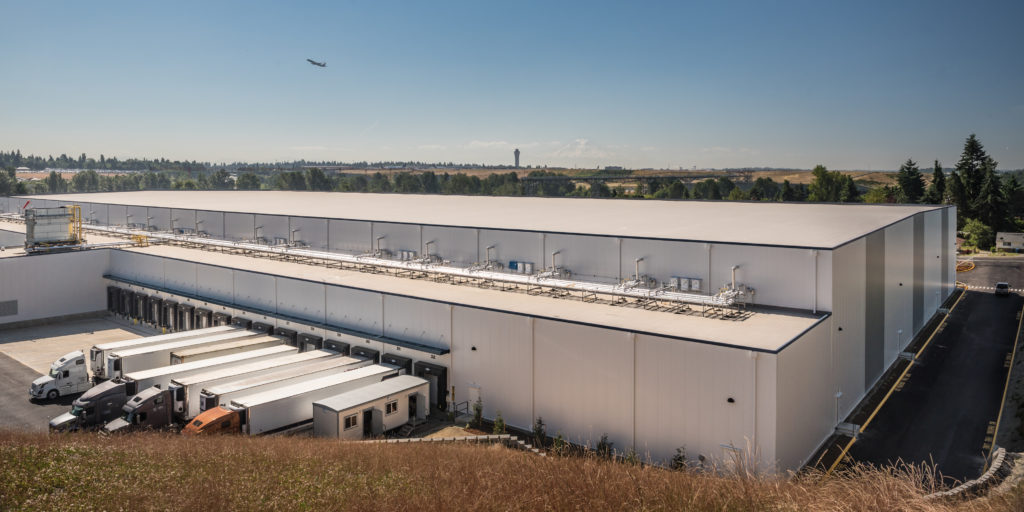Tippmann Innovation Partners with USDA to Determine Cold Storage Warehouse Demand in Northeast Maine
CALAIS, ME (August 7, 2018): Ti Cold Partners with USDA to Determine Cold Storage Warehouse Demand in Northeast Maine.
Due to the needs of an expanding agricultural presence along with other products, including seafood, the Ti Cold consulting team will assess current and long-term needs for growers and processors throughout the region. With growing demand for cold storage throughout the entire US, combined with shrinking refrigerated transport capacity, exacerbated by driver shortages and new hours of service mandates, trucking rates are at record highs. In addition, service geography of carriers is shrinking. Simply put, refrigerated carriers are becoming increasingly selective in choosing lanes and loads. Today, carriers of all types are moving less loads, much more profitably, having negative impacts on shippers of all sizes and types. In many areas of the country, the load to truck ratio is 10 to 1, meaning for every 10 loads there is only 1 truck available…which means even higher rates and accessorial charges, and of course, less service.
As such, mid-size shippers have to rethink their ‘go-to-market’ strategies as conventional wisdom and methods no longer prevail. The Ti Cold consulting team will focus on how to create a logistics market for regional shippers in enabling them to provide their customers with dependable service at reduced costs. Many shippers are considering the use of private or dedicated fleets, that if managed properly, can be a boost to their operating capabilities and customer service performance. In addition, several of the largest food producers are now at the point where they are being forced to increase product prices to cover their increases trucking cost. Nick Pacitti, the Ti Cold consulting lead, and a long time veteran of the food industry, has indicated that the need to create a smaller scale food logistics hub may be the answer in solving the lack of cold storage, ’reefer’ carrier availability, and the need for other logistic services. The need for more food hubs is unabated in that America’s hunger for locally and regionally grown food is a $10 billion per-year market. The supply side is comprised of 50,000 farmers and ranchers nationwide selling to local retailers. Just as interesting is that 150,000 farmers and ranchers are selling their products directly to consumers. Combined with 38,000 grocery stores and over 200,000 foodservice outlets, the need to shore up regional food distribution is an unrelenting requirement and expectation.
As we have experienced in the past, there is a growing need for ‘coopetition’ where competitors and peer companies have to collaborate and combine their volumes while sharing services and space that would be available in a regional food hub. The lone ranger strategy for mid-size shippers is transforming into more of a shared concept where regional cold storage facilities can be designed to accommodate similar needs, while shippers can enjoy their own smaller and more flexible space. In addition, the high functionality of these new food hubs will have quick freeze and chill capabilities where cost will become a variable rather than fixed. For seasonal growers and processors this is the difference between profit or loss.
Ti Cold not only designs and builds cold storage food distribution centers, they build businesses. For more information please contact Nick Pacitti at 330-217-8005 or [email protected].




 Back to News
Back to News
